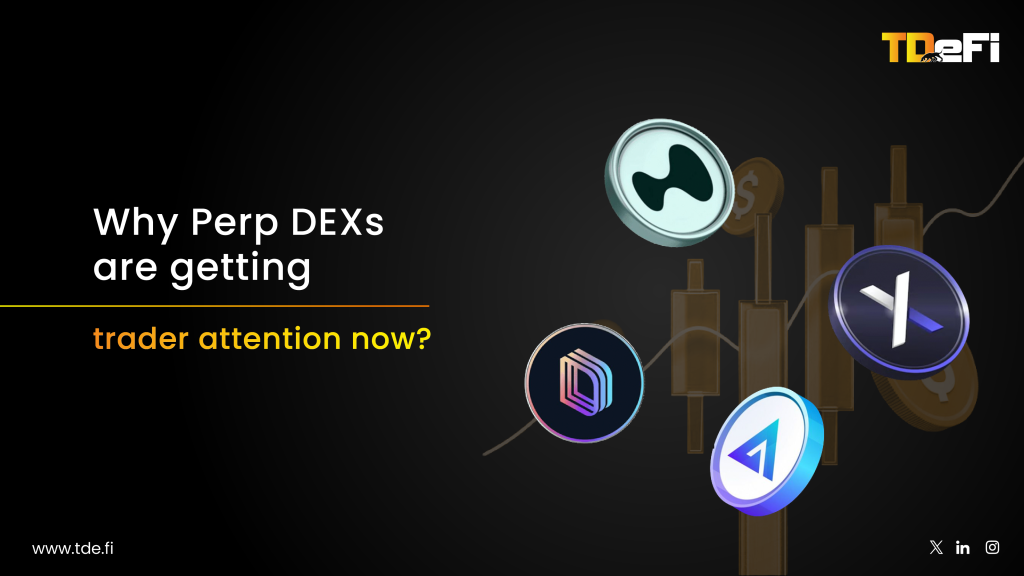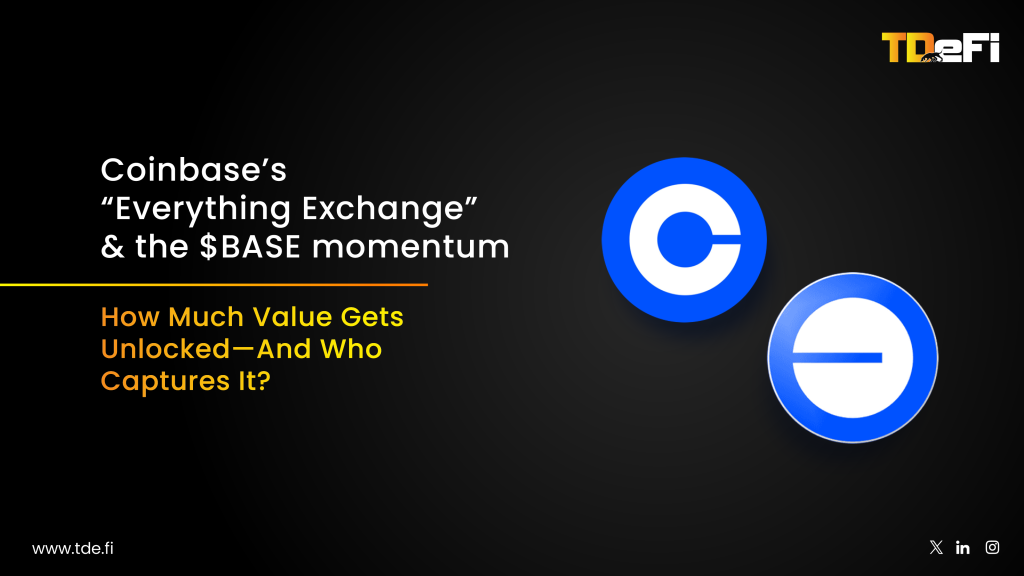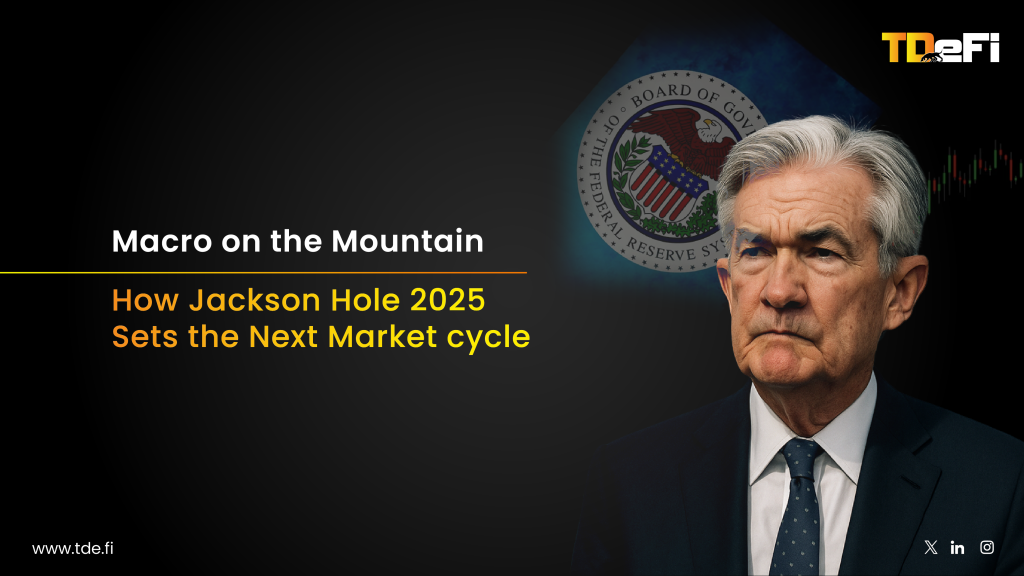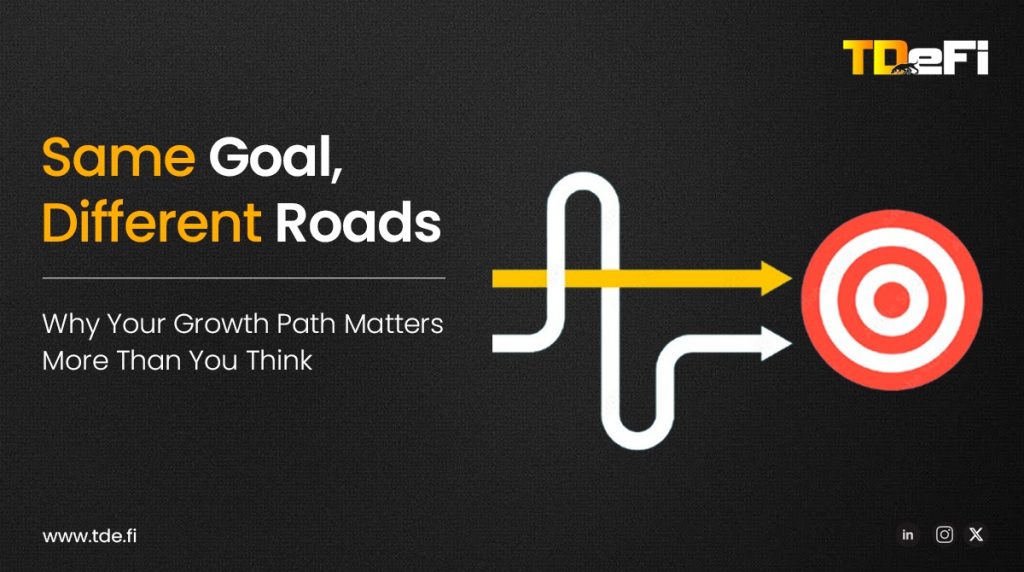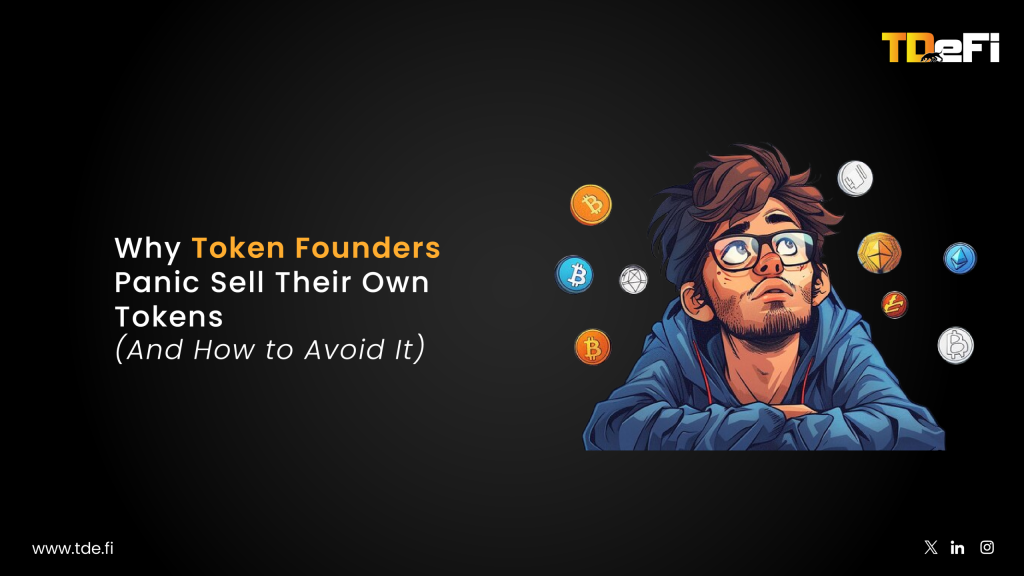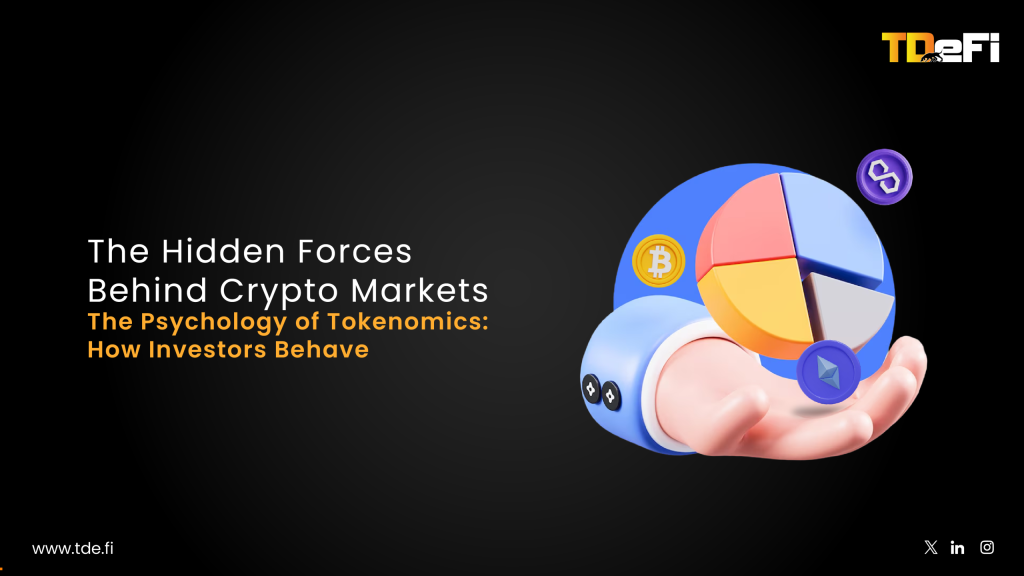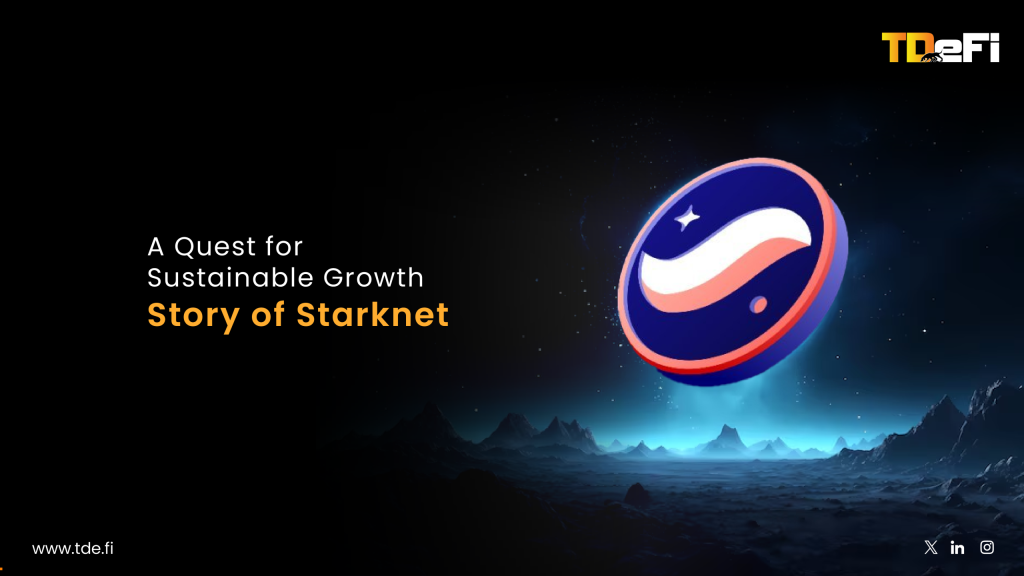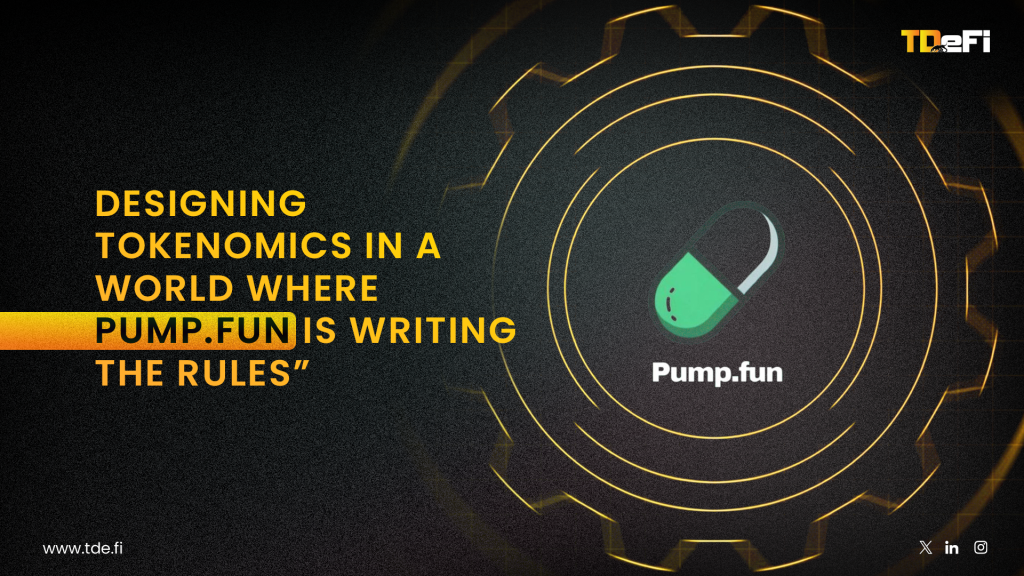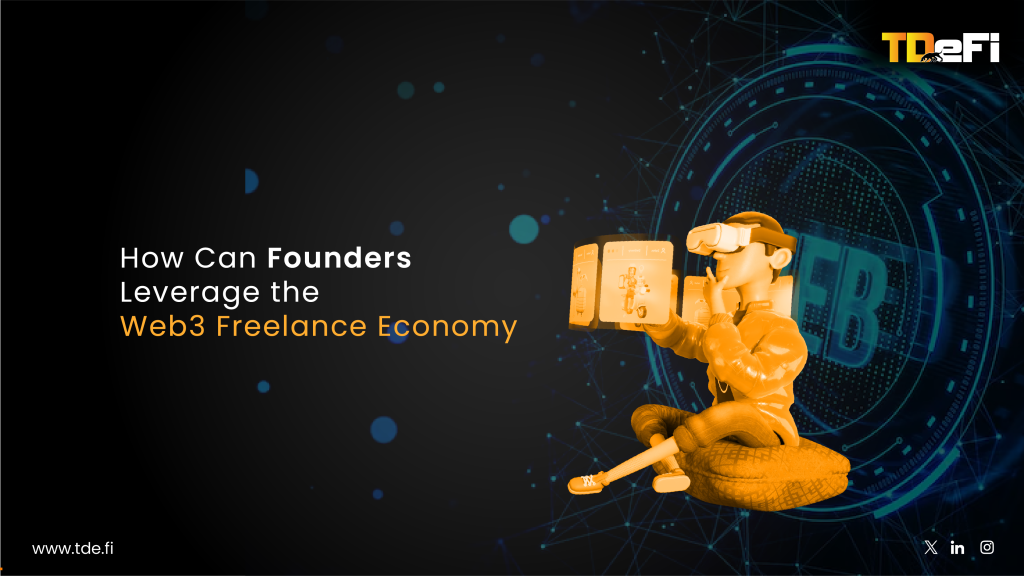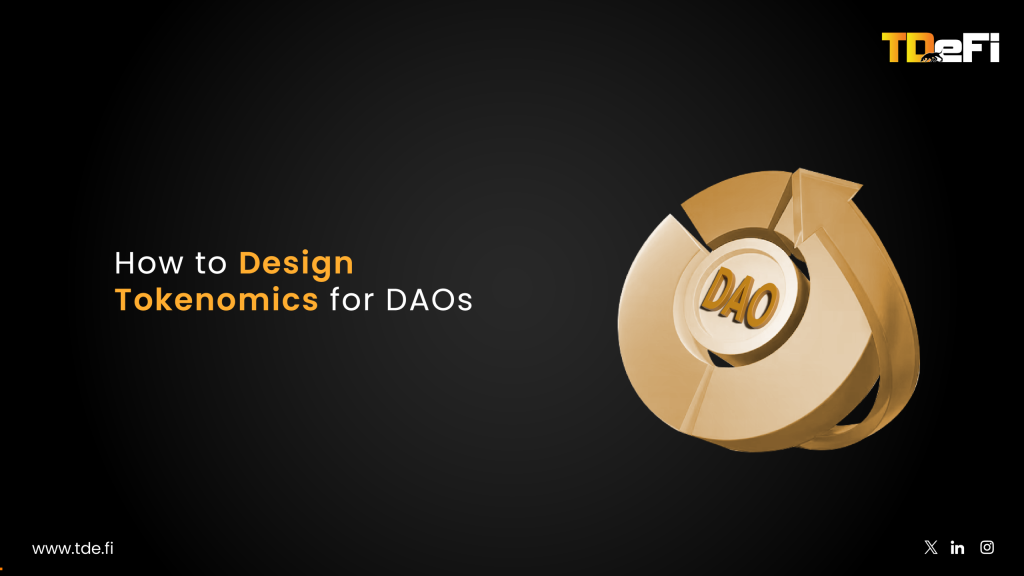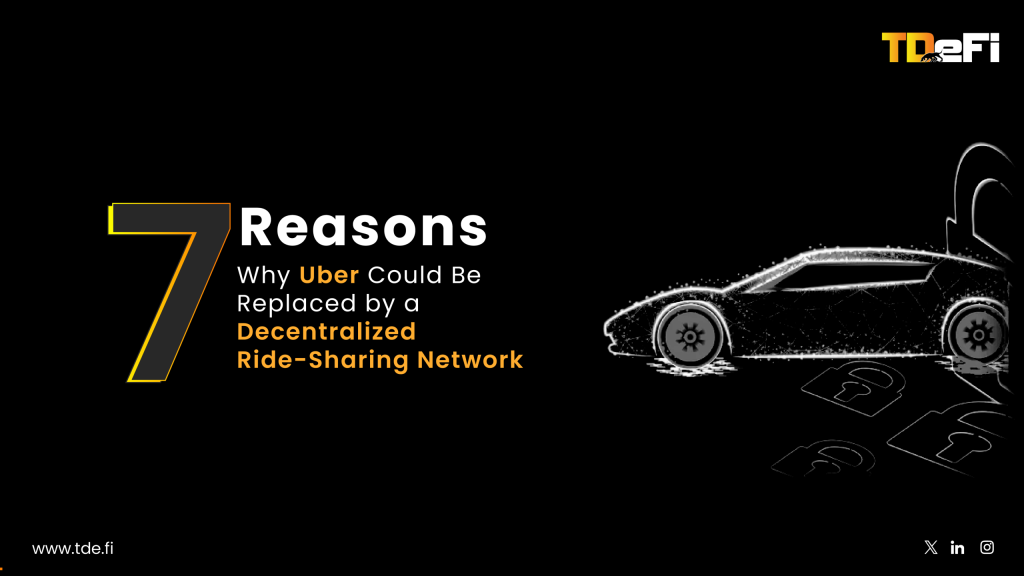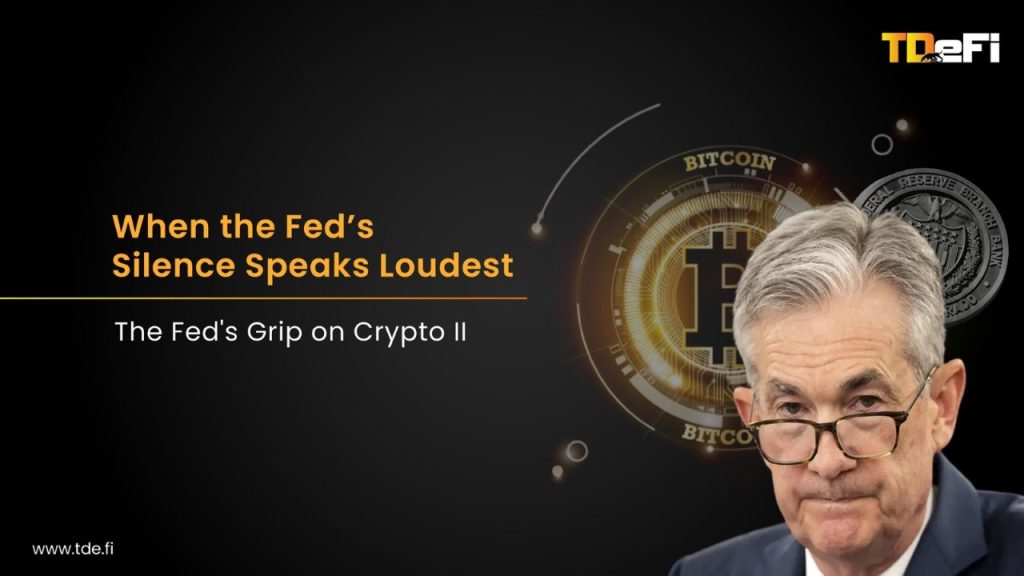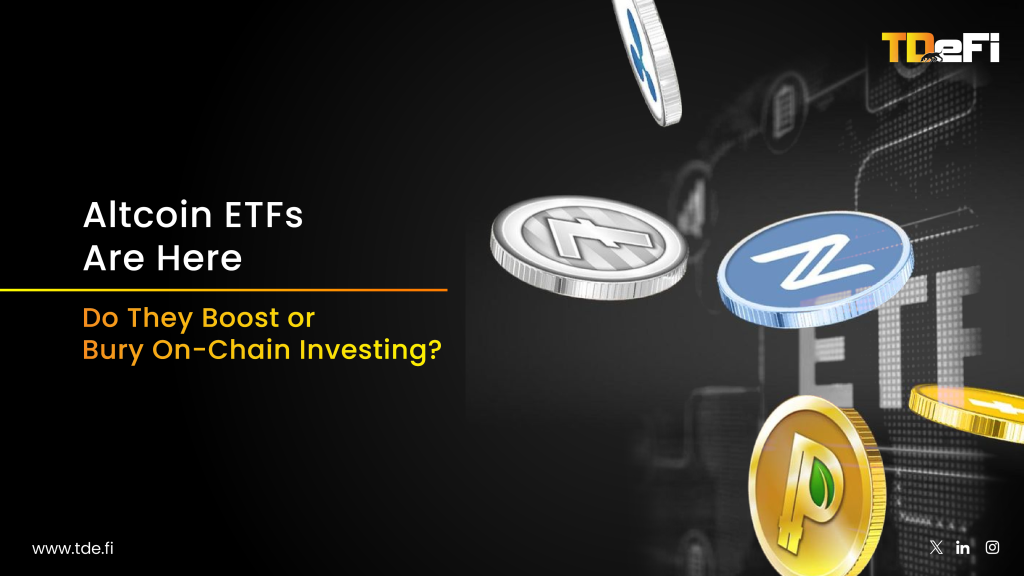You’ve launched, the Discord is buzzing, your governance forum has proposals, and the token just got listed. But deep down, you know something’s off. Growth is artificial. Users disappear after incentives dry up. Engagement isn’t organic, it’s orchestrated.
Web3 founders often mistake noise for traction. Airdrops, token launches, and hype loops can inflate early metrics. But these are momentum hacks, not indicators of product-market fit. PMF in Web3 is not when a few whales farm your protocol. It’s when everyday users return, unprompted, because your product solves a real, recurring problem better than anything else.
Until then? You don’t have PMF. You have a Telegram group.
Web2 Playbooks Don’t Work But Neither Does Reinventing the Wheel
Web2 taught us to optimize for Customer Acquisition Cost, retention curves, and LTV. In Web3, these still matter, but they mutate.
You can’t measure DAU/MAU the same way when users interact via wallets and pseudonyms. Churn looks different when switching costs are one transaction away. NPS is distorted by token incentives.
But that doesn’t mean you throw the playbook out. Web3 founders must adapt proven principles to a new environment:
- Replace user surveys with on-chain behavior.
- Trade email funnels for wallet segmentation.
- Measure not just retention, but value-generating actions (staking, governance participation, protocol usage).
The trick isn’t to reject Web2 lessons. It’s to localize them for the chain.
The New Stack: Tokens, Incentives, and Behavior Loops
PMF in Web3 is multi-dimensional. It’s not just “Does my product work?” but also “Do my token incentives create sustainable engagement?”
A working Web3 product has to:
- Deliver core utility: The protocol or dApp must solve a real user problem.
- Incentivize engagement: Tokens must catalyze early usage without becoming the sole reason users stay.
- Enable ownership: Governance must be more than a checkbox, it should reflect real user stakes.
Case in point: Uniswap. Its initial growth wasn’t fueled by UNI. It was utility-first, then community-owned.
Founders must design tokenomics as part of the product itself, not a wrapper around it. Because in Web3, the token is the UX.
Shipping Fast Isn’t Optional, But Guessing Is Fatal
In Web3, markets move at meme-speed. But speed without signal is chaos.
Too many founders build in isolation, then release into the void, praying that the market “gets it.” This is a mistake. The best founders ship in public, listen obsessively, and let the data steer them.
Use tools like Dune Analytics and Nansen to track:
- Retention across wallet cohorts
- Transaction frequency per address
- Impact of token changes on behavior
And pair it with qualitative signals: Discord feedback, governance proposals, support requests.
Iterative development doesn’t mean endless pivots. It means relentless refinement. In Web3, the product is live from day one. Make it evolve like it.
If They Leave and Never Come Back, You Never Had Them
User acquisition is easy in Web3. User retention is rare.
Why? Because speculative users don’t care about your roadmap, only their ROI. When incentives run dry, so does attention.
Retention is the only real PMF test:
- Are users coming back without bribes?
- Are they deepening their usage?
- Are they bringing others?
Metrics that matter:
- Cohort retention curves: Do users stay active 30, 60, 90 days later?
- Protocol-native actions: Are they minting, staking, voting, or bridging?
- NPS vs. Token Price: Is loyalty linked to product or profit?
Sticky products don’t rely on price pumps. They create habits.
The Founders Who Win Are Anthropologists, Not Engineers
The most successful Web3 founders aren’t the best coders. They’re the best observers of human behavior.
They understand that users don’t care about decentralization for its own sake. They care about speed, simplicity, identity, ownership.
Winning teams do three things:
- Watch behavior, not just dashboards: Study how real users navigate your dApp.
- Design for emotion, not just logic: Make people feel seen, empowered, part of something.
- Prototype culture, not just code: Communities are the new onboarding funnel.
Great Web3 products are cultural artifacts. They resonate because they reflect something true about the user.
PMF Isn’t a Milestone. It’s a Moving Target.
In Web3, product-market fit isn’t a static achievement. Markets shift, token prices swing, users evolve.
Founders must build like anthropologists, iterate like scientists, and ship like artists. The products that endure are the ones that treat user need as a pursuit, not a checkbox.
Because in the end, the only metric that matters is this: Do users come back when no one is watching?

















